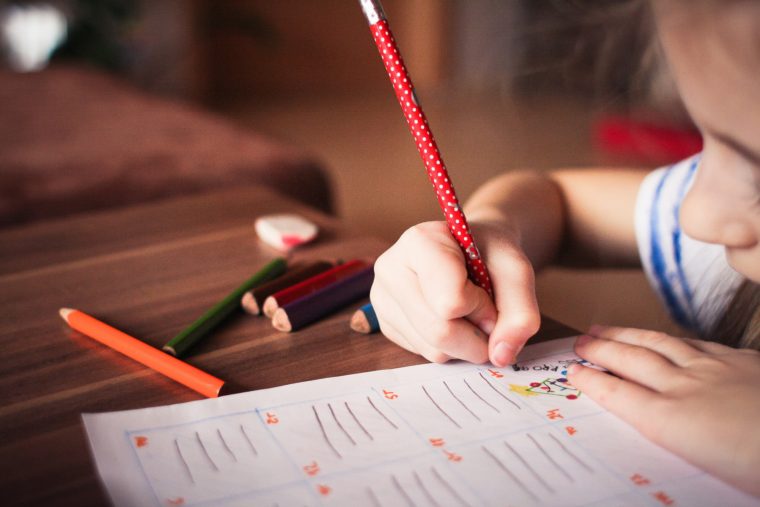Many people think that dyslexia and dysgraphia are the same.

They are not.
They are both learning differences but two different conditions, which share some symptoms and often occur together in the same person.
Dyslexia is not a measure of intelligence but results from the difference originating in the way the brain processes language.
Dysgraphia is also not a measure of intelligence, but its neurological difference manifests in the child’s ability to form letters when writing.
While difficulty reading, writing, and spelling characterize dyslexia, dysgraphia mainly affects handwriting.
Both conditions are neurological and will cause children to struggle in the classroom.
Because they are both slow in completing class assignments, they may both be called “lazy” along with a few other negative labels. Often, this leads to a level of frustration and anxiety that could affect the child’s sleep, besides other things.
Children with dyslexia and dysgraphia have a few things in common: they both
- Produce written work that is below their ability level.
- Show poor vocabulary use
- Demonstrate poor spelling and grammar
- Have trouble with fluency in written expression
Let’s take a brief look at the differences between the signs children demonstrate that will help you tell these two learning differences apart:
| Dyslexia | Dysgraphia |
| Struggles with reading | Exhibits illegible handwriting |
| Has difficulty with the sounds in words | Demonstrates slow, labored writing |
| Has trouble memorizing “sight words” | Mix print and cursive letters when writing |
| Avoids reading aloud | Leaves letters and words oddly spaced |
| Poor reading comprehension | Uses incorrect punctuation |
| Confuses the order of letters in words | Has trouble with the pencil grip |
| Has difficulty following the sequence in multi-step directions | Has difficulty organizing information when writing |
Research has shown that both conditions cause processing delays in the left hemisphere of the brain when compared to children who are identified as “typical” readers and writers.
It is important that parents recognize symptoms that show the possible presence of both learning differences. They must address them early before they negatively affect their child’s confidence and self-esteem.

Florence, oh my! You just taught me a new word, “dysgraphia.” I haven’t seen the word before, but I’ve seen a child working with those symptoms. Thank you again for expanding my understanding!
More research has been conducted on dyslexia than on dysgraphia. Because of that, more people are familiar with dyslexia. Hopefully, soon, more people will be able to identify it and a greater amount of children will get the help they need to succeed in school and life.